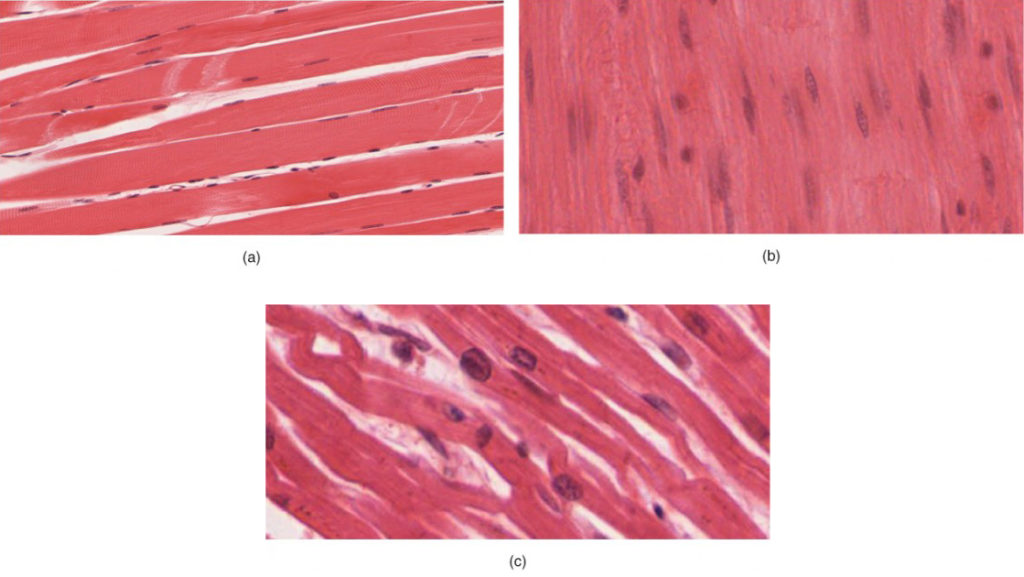Everyone and their uncle has a favorite method for removing a tick — from burning it with a cigarette to smothering it in petroleum jelly or painting it with nail polish. But that’s not how you should go about it.
To safely remove a tick, all you really need is a pair of pointy tweezers and a good eye.
Remove Ticks the Right Way
Before you dive in, you’ll want to get:
- Pointy tweezers
- Rubbing alcohol (If you don’t have it, soap and water works, too)
Pointy tweezers aren’t the typical household tweezers that you use to pluck your eyebrows. You want pointy tips, not squared-off ones. Ticks can be as small as poppy seeds. If you use regular tweezers, you might tear them.
Once you have your tools, here’s what to do:
- Clean the area around the tick bite with rubbing alcohol.
- Get your tweezers right down on your skin so you can grab as close as possible to the tick’s head.
- Pull up slow and firm. Don’t jerk or twist; a nice, steady pressure straight up will do.
- Clean the bite area again, and your hands, with rubbing alcohol or soap and water.
And that’s it. If the part of the head breaks off when you pull the tick out, that’s OK. You can try to remove it with tweezers, but if you can’t, it’s no problem. Your skin will heal.
What Do I Do With the Extracted Tick?
You have two options: Get it tested or get rid of it.
Send a tick for testing: It can help to get the tick tested so you’ll know if it was carrying any diseases it might have given you. To do this, place it in a sealed container along with a blade of grass to keep it alive. Then, take it for testing.
Some state agencies do tick testing, but if you’re not sure where to send the tick, ask your doctor.
Get rid of a tick: If you just want it safely out of your life, you can:
- Drown it in a container with rubbing alcohol or soapy water
- Flush it down the toilet
- Wrap it tightly in tape, then throw it out
Whatever you do, avoid the temptation to crush it with your fingers. This is another way you can get disease from it.
When Should I Call My Doctor?
Call your doctor if you have any symptoms of Lyme or other diseases carried by ticks, such as:
- Chills
- Fever
- Headache
- Muscle aches
- Rash
Make sure to tell your doctor that you had a tick bite, how long ago it happened, and where you might have gotten it.
This is a good reason to get the tested. Tick diseases have similar symptoms to each other and to a lot of other illnesses. It can help to know what it was carrying.
Additional Resources
- Benefits of Laser Skin Rejuvenation: Enhancing Skin Texture and Tone – CIELLULU Laser Beauty
- Online Resources for Acne Information – CIELLULU Laser Beauty
- Daeyang Medical Aesthetic Series – CIELLULU Laser Beauty
- Does Laser Skin Rejuvenation Work? Efficacy and Results – CIELLULU Laser Beauty
- Understanding Isotretinoin: Risks and Benefits – CIELLULU Laser Beauty



